
The peaceful little town of Cantamuda and its Romanesque glory are left behind, such as the church of San Salvador and a few kilometers away, as if it were one of the terrible apocalyptic quatrains by Michel de Notredame, better known, perhaps, as Nostradamus, it was the The traveler is painfully surprised when he finds a completely dry reservoir, the Requejada reservoir, which, just two months earlier, at the end of June, when he followed this same route descending from Potes, was overflowing with water and vitality.
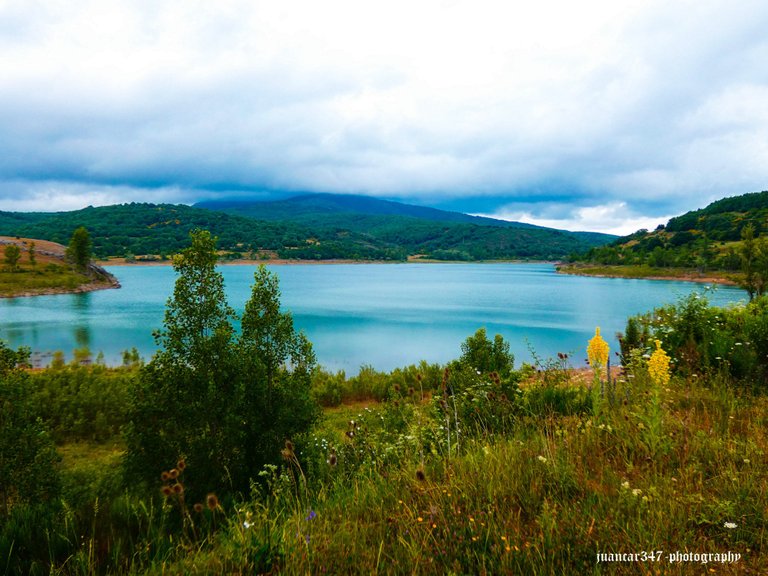
In fact, on this occasion, at the beginning of October, it is the cows who have returned to their rights, to wander through their dry silt, in which, perhaps, over time, the grass will recover the strength of yesteryear, making well the saying that no one better than Nature itself to lick and recover from the wounds that are continually inflicted on it.
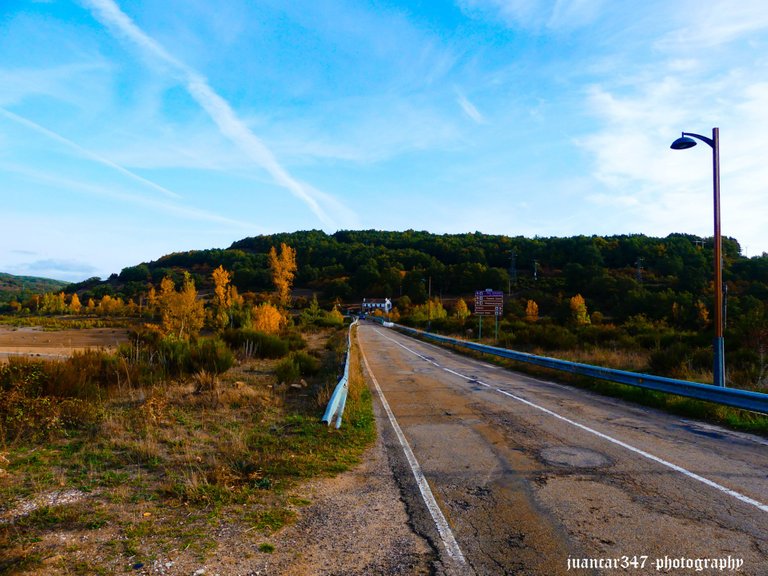
Uneasily and making a thousand and one conjectures, the traveler continues his route, knowing that now, just beginning to roll through the region of Ojeda, there are numerous places that, both on one side and the other of that main road that Continue faithfully to Cervera de Pisuerga, where you will reach the Cantabria Highway that will take you back to the heart of the Plateau, which is nothing other than Old, very old Castilla, where you will find a very important part of that immeasurable historical, artistic and cultural heritage. which makes the case of Palencia one of the most lavish places with that architectural style, the Romanesque, that he is so passionate about.
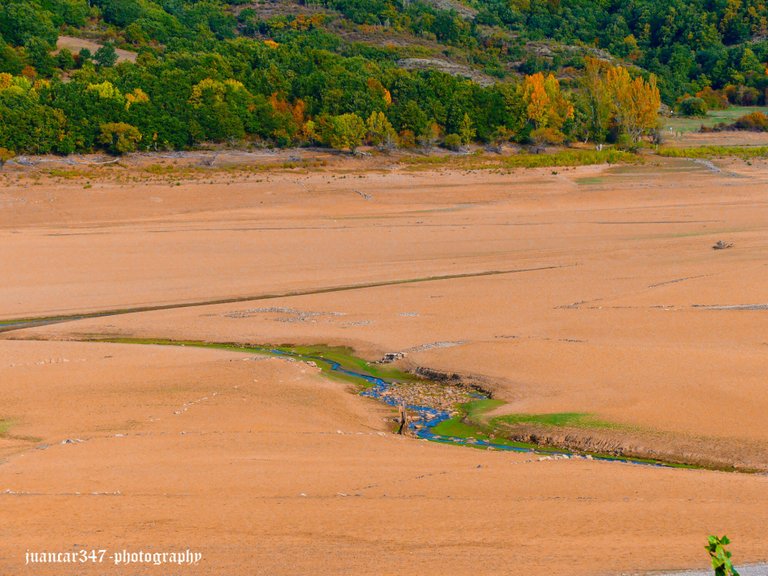
But he also knows that not all are spectacular buildings, full of beauty and archetypal reviews that delight any speculative fantasy, but that, unfortunately, there are many alterations, scattered remains and memories, more or less frayed, which represent a hard and irreparable blow to that wealth, which, due to life circumstances, seems to have been definitively engulfed by the metaphorical rivers of memory.
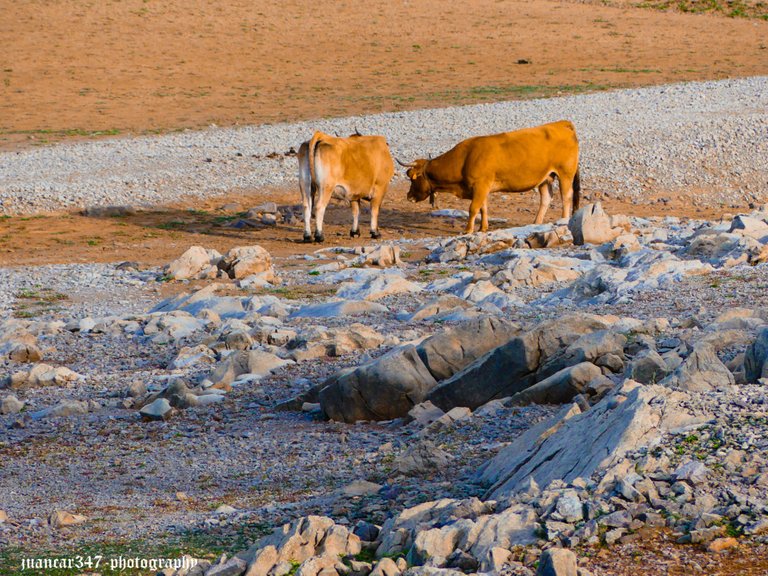
Perhaps, for this reason, before dedicating his attention to the parish church of Vega de Bur, reconverted, with the successive modifications of tastes and styles in a hybrid that detracts from its primitive originality, he leaves the main road behind and takes a brief, although tortuous rural road, he approaches, with expectant curiosity, the small parish cemetery, knowing, from numerous references, that its access is made up of one of the best Romanesque portals in the area.
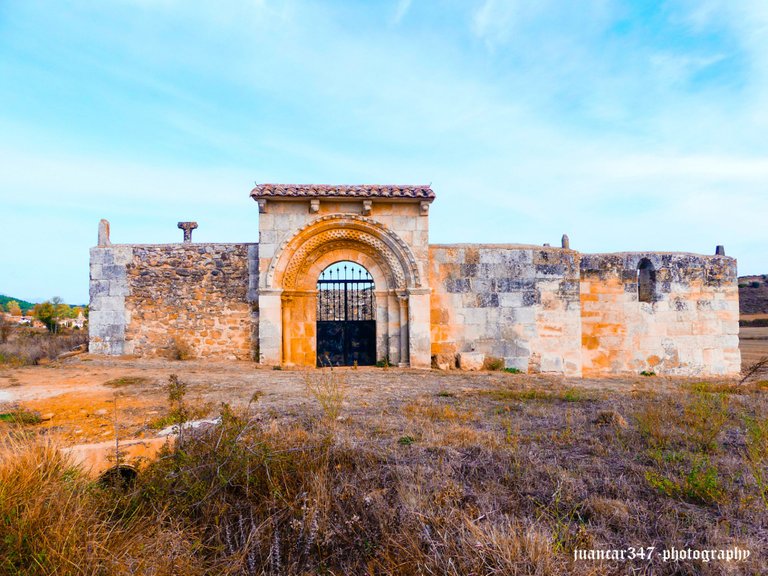
Indeed, due to both its remarkable size and the excellent quality of its work and execution, the traveler, standing meditatively in front of it, thinks of the probable spectacularity of the Romanesque temple to which it originally belonged: the church of San Tirso, from the It is thought that it was the headquarters and parish of a disappeared town, called Mediniella, of which there is no longer, not even for the memory, the slightest stone or reference.
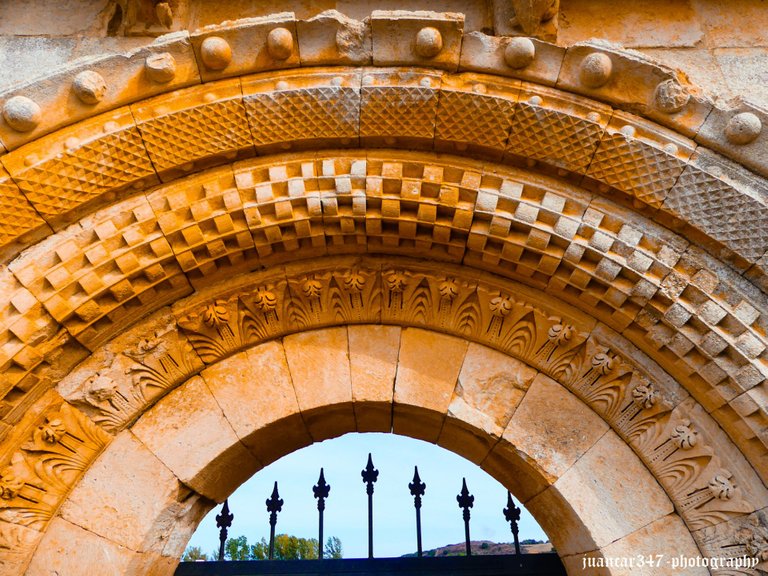
In the central archivolt, a marvelous checkered pattern stands out, known as jaqués, as it is considered a typical element of the no less excellent Romanesque art of the Jaca area -of which we could put, as an example, its wonderful cathedral and nearby places such as Santa Cruz de la Serós and, of course, the emblematic monastery of San Juan de la Peña, in whose magnificent cloister the hand of a mysterious Magister Muri can be seen, who left his mark on many places in Huesca and the Five Villages of Aragón- accompanied by balls and that special ability to carve elements of leafy origin, which, let us remember, denoted, in addition, an excellent knowledge and use of botany, present, on the other hand, in practically all of this type of architecture.
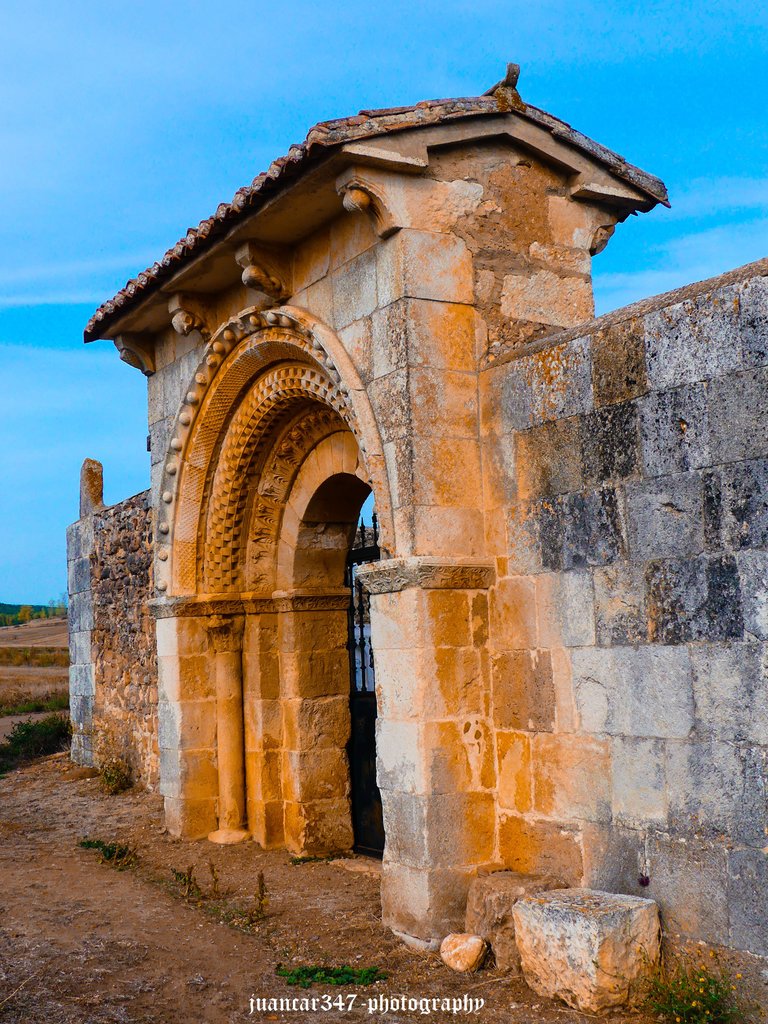
A series of corbels, carved with a diversity of figures, such as dogs, hares, birds, characters in a certain aspect afflicted with a certain playful heterodoxy, such as the one who carries a barrel on his back, pineapples - complete this distinguished rest of humiliated beauty. a symbol that has always been considered a reference to union in faith- and other plant motifs, whose vision -the traveler cannot avoid letting himself be carried away by melancholy again- inevitably make us think of that arcadic place where, according to the poet Villon, the snows of yesteryear will always stop.

RELATED MOVIE:
NOTICE: Both the text and the photographs that accompany it, as well as the video that illustrates it, are my exclusive intellectual property and, therefore, are subject to my Copyright.
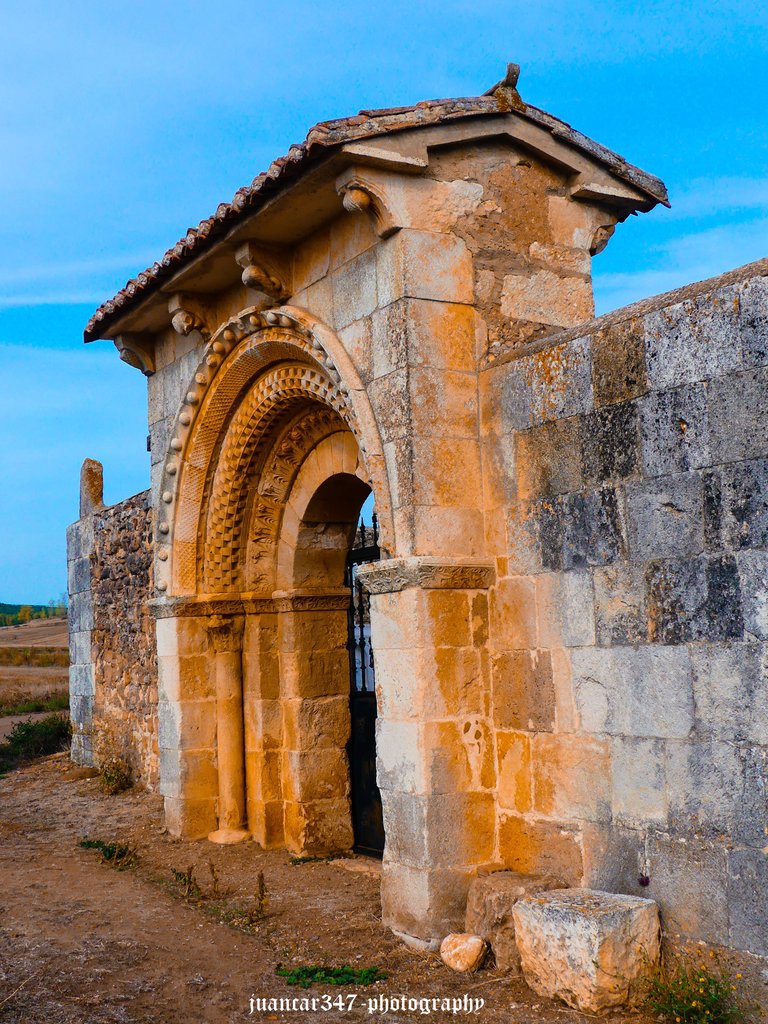
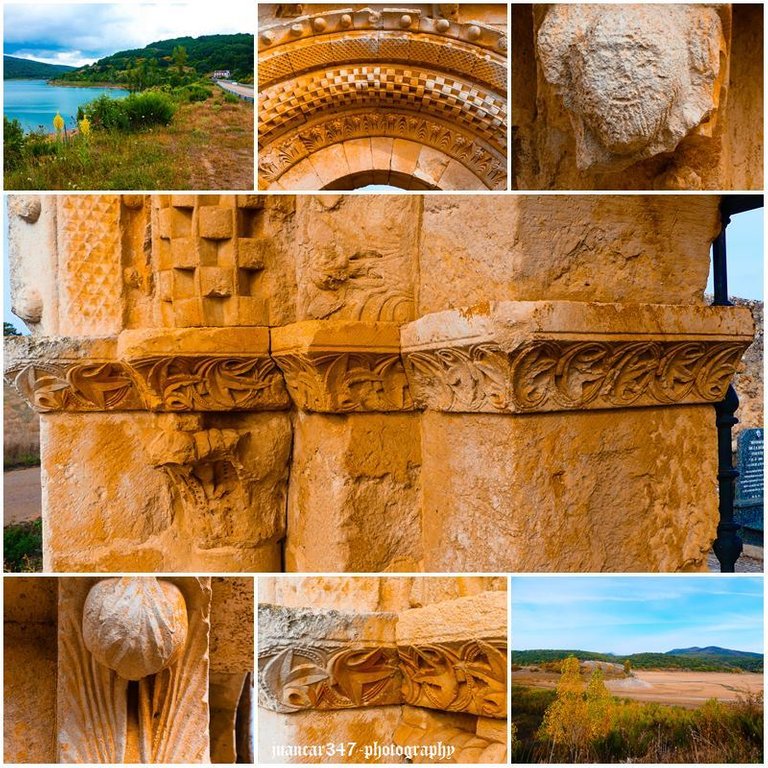
Congratulations @juancar347! You received the biggest smile and some love from TravelFeed! Keep up the amazing blog. 😍 Your post was also chosen as top pick of the day and is now featured on the TravelFeed.io front page.
Thanks for using TravelFeed!
@for91days (TravelFeed team)
PS: You can now search for your travels on-the-go with our Android App. Download it on Google Play
Thank-you very much
It is a pity about the drought and the decreasing flow in our rivers.
Still, very nice photos of the landscapes with the cows, and above all, I loved the Romanesque arch as well. 🙂
Certainly, these are worrisome situations, especially taking into account the situation of this reservoir, in the vicinity of the Palencia Mountain, where rainfall is supposed to be abundant. On the other hand, it is also a pity to see how we have lost an important part of our historical, artistic and cultural heritage. Therefore, even if it is only a simple cover, it is worth keeping and admiring. Thank you very much for your comment and best regards.
¡El ajedrezado jaqués! No sabía que se podía encontrar fuera de Aragón, ha sido una sorpresa conocer que llegó tan lejos. La meseta castellana tiene grandes bellezas escondidas en su inmensidad. 🤗
Pues, aunque no lo parezca, se convirtió en una constante en el ámbito del románico en general. No es de extrañar, teniendo en cuenta que las cofradías de canteros eran itinerantes y se desplazaban de un lado a otro, dentro o fuera de los ámbitos del Camino de Santiago y tenían mucho trabajo por delante, sobre todo, a medida que la Reconquista iba recuperando territorios. En Palencia se da el caso, además, de los canteros que descendían de los Picos de Europa, por la denominada Montaña Palentina, en la ruta que desde Potes llega hasta Cervera de Pisuerga, y aquellos otros que venían del norte de Burgos, la Llanada Alavesa, etc. Y todos, de alguna manera, aportando detalles y sabiduría. Por algo, en aquella época, al arte románico se le denominaba 'el arte de la Cristiandad', por antonomasia. Muchas gracias por tu comentario y un cordial saludo, mi estimada maña.
Tus respuestas son lecciones de historia del arte, ¡me encanta aprender con ellos! Abrazo de vuelta. 🤗
Congratulations, your post has been added to Pinmapple! 🎉🥳🍍
Did you know you have your own profile map?
And every post has their own map too!
Want to have your post on the map too?
Thanks